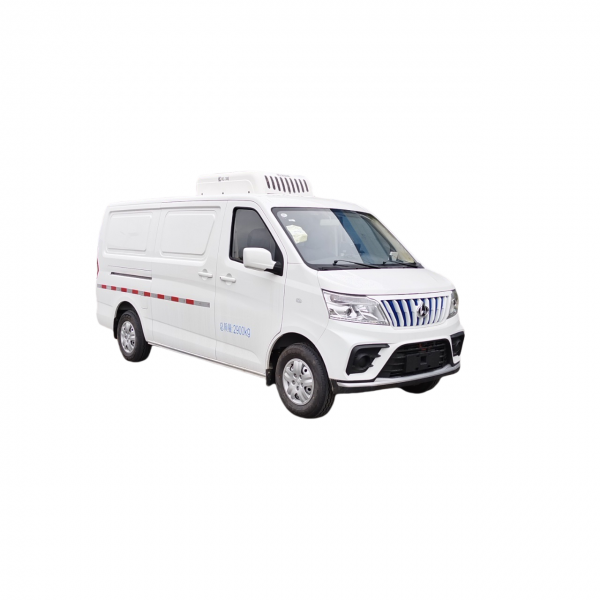Introduction
Boom trucks play a crucial role in various industries, providing a versatile solution for lifting and transporting heavy loads. At the heart of these powerful machines lies the boom truck chassis, a key component that determines the vehicle's performance, stability, and durability. In this comprehensive guide, we will delve into the world of boom truck chassis, exploring their evolution, design considerations, and the critical role they play in the functionality of boom trucks.
Evolution of Boom Truck Chassis

The evolution of boom truck chassis can be traced back to the early 20th century when the first commercial trucks were introduced. Initially, these trucks were built on simple chassis designs with limited load-bearing capacity. As the demand for more robust and versatile lifting equipment grew, manufacturers began to develop specialized chassis that could support the additional weight and stress associated with boom truck operations.
Over the years, advancements in materials, engineering techniques, and technology have revolutionized the design and construction of boom truck chassis. Today, modern chassis are engineered to provide optimal strength, stability, and flexibility to meet the diverse needs of various industries, including construction, utilities, telecommunications, and forestry.
Design Considerations for Boom Truck Chassis
Designing a boom truck chassis requires careful consideration of several factors to ensure optimal performance and safety. Some of the key design considerations for boom truck chassis include:
1. Load Capacity: One of the primary considerations when designing a boom truck chassis is the anticipated load capacity. The chassis must be engineered to support the weight of the boom, crane, and payload while maintaining stability and balance during lifting and transport operations.
2. Structural Integrity: The structural integrity of the chassis is critical to ensuring the safety and durability of the boom truck. High-strength materials, such as steel or aluminum, are often used to construct the chassis to withstand heavy loads and harsh operating conditions.
3. Flexibility and Maneuverability: Boom truck chassis must be designed to provide flexibility and maneuverability in various work environments. Features such as adjustable outriggers, telescopic booms, and articulating cranes enhance the versatility of the chassis, allowing operators to access hard-to-reach areas and perform complex lifting tasks.
4. Stability and Balance: Maintaining stability and balance is essential for safe and efficient boom truck operations. Chassis design elements, such as low center of gravity, wide stance, and advanced suspension systems, help enhance stability and minimize the risk of tipping or overturning during lifting and transport activities.
5. read this with Boom and Crane Systems: The chassis must be seamlessly integrated with the boom and crane systems to ensure smooth operation and precise control during lifting tasks. Proper alignment and synchronization between the chassis, boom, and crane components are essential for safe and efficient load handling.
Functionality of Boom Truck Chassis
Boom truck chassis play a vital role in the overall functionality and performance of boom trucks. By providing a robust and reliable foundation for the boom, crane, and payload, the chassis enables operators to lift heavy loads, reach elevated heights, and navigate challenging terrain with ease. Some of the key functionalities of boom truck chassis include:
1. Load Handling: The primary function of a boom truck chassis is to support the boom and crane systems for lifting and transporting heavy loads. The chassis must be designed to distribute the weight of the load evenly and maintain stability during lifting operations.
2. Reach and Height: Boom truck chassis are engineered to provide operators with the reach and height needed to access elevated work areas, such as rooftops, utility poles, and construction sites. Telescopic booms and articulating cranes mounted on the chassis enable operators to extend the reach and height of the boom for increased versatility.
3. Mobility and Maneuverability: Boom truck chassis are designed to offer superior mobility and maneuverability in various work environments. The chassis features a compact design and agile steering capabilities that allow operators to navigate tight spaces, rough terrain, and congested job sites with ease.
4. Versatility: Boom truck chassis are highly versatile machines that can be customized to meet the specific requirements of different industries and applications. Whether it's lifting heavy equipment on a construction site, installing utility lines, or trimming trees, boom trucks equipped with the right chassis can handle a wide range of tasks efficiently.
5. Safety and Stability: Ensuring the safety of operators and bystanders is a top priority in boom truck operations. The chassis plays a crucial role in maintaining the stability and balance of the vehicle during lifting activities, minimizing the risk of accidents and injuries. Advanced safety features, such as overload protection systems and anti-tipping mechanisms, are integrated into the chassis to enhance operator safety.
Conclusion
Boom truck chassis are the backbone of these powerful lifting machines, providing the strength, stability, and versatility needed to tackle a wide range of lifting and transport tasks. Through continuous innovation and engineering excellence, manufacturers have developed advanced chassis designs that can meet the demanding requirements of modern industries. By understanding the evolution, design considerations, and functionality of boom truck chassis, operators can make informed decisions when choosing the right equipment for their specific needs. As technology continues to advance, we can expect further enhancements in boom truck chassis design, driving productivity, efficiency, and safety in the lifting industry.
